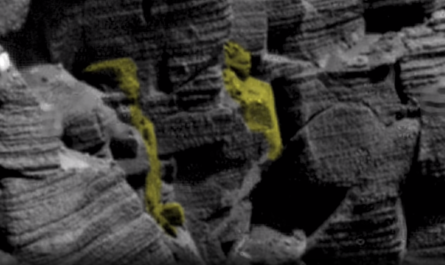The platypus (Ornithorhynchus anatinus) is an animal that doesn’t quite fit into any category. When European naturalists first saw one in the late 18th century, they thought it was a hoax—something stitched together from other animals. With a bill like a duck, a tail like a beaver, and webbed feet like an otter, it looks like nature was experimenting. But it’s a real species, and its strange features go far beyond appearance.

First, let’s look at its not so unusual traits: Found only in freshwater streams and rivers across eastern Australia, including Tasmania, the platypus is a small, semi-aquatic mammal with a streamlined body built for swimming. It typically measures 40 to 60 cm (16 to 24 inches) long, with males being larger than females. Covered in dense, waterproof fur, it stays warm in cold waters. Its flat tail stores fat while the webbed feet help efficient movement in the water. On land, its webbing retracts, exposing claws for digging. Unlike most mammals, it has a low body temperature of around 32°C (90°F) and produces a variety of sounds, including a low growl when disturbed.
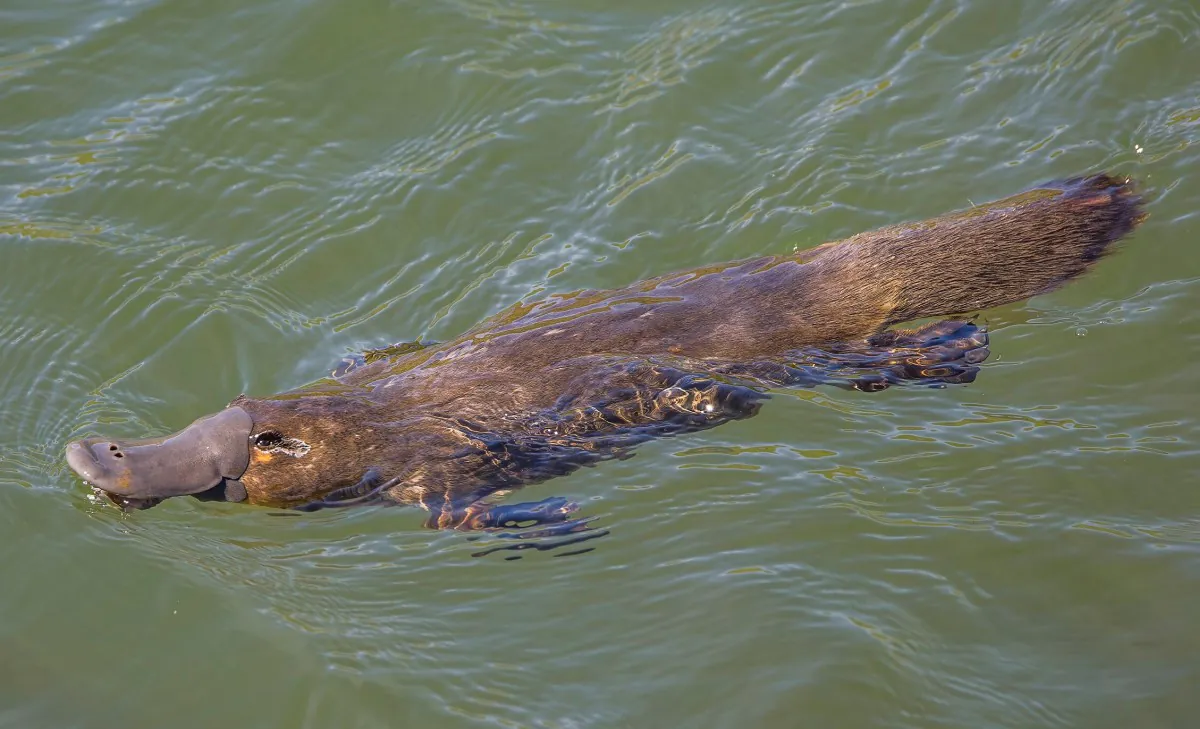
Now, let’s look at what makes the platypus even (much) more special. One of the platypus’ most distinctive features is its method of reproduction. Unlike most mammals that give birth to live young, the platypus lays eggs. As a monotreme, it differs from other mammals not only in egg-laying but also in how it feeds its young.
Females typically lay one to three eggs and incubate them by curling around them in their burrows. After about ten days, the eggs hatch, and the mother nurses her offspring. However, platypuses lack nipples; instead, milk is secreted through numerous pores on the mother’s belly, and the young lap it up—a trait that reflects an earlier stage in mammalian evolution.
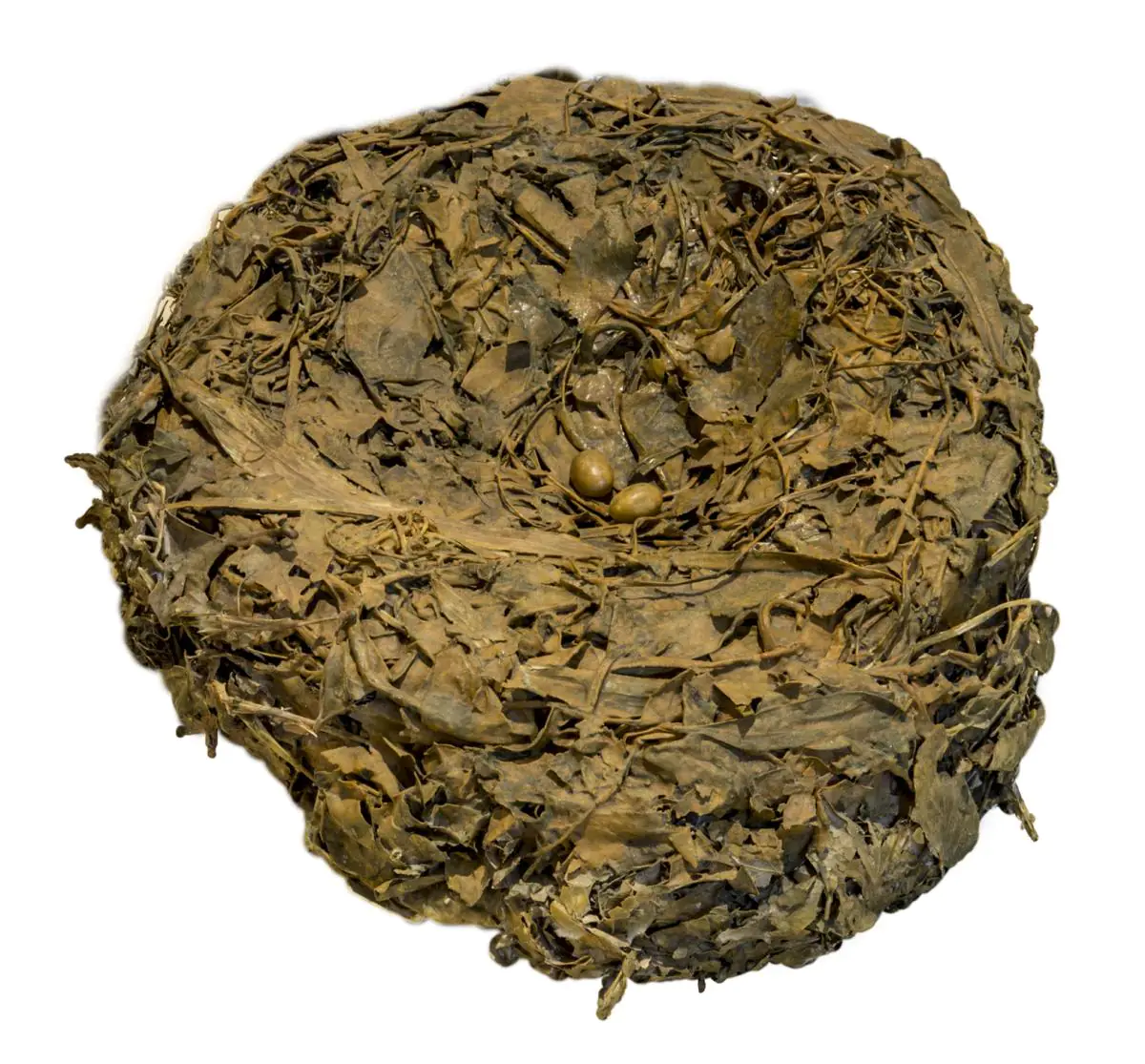
The platypus’s appearance is equally perplexing. It has a leathery bill resembling that of a duck, which is actually a sophisticated sensory organ equipped with electroreceptors. These receptors detect the electric fields generated by the muscle contractions of their prey, such as insects and crustaceans, allowing the platypus to forage effectively even in murky waters. This form of electrolocation is rare among mammals, with the Guiana dolphin being the only other species known to possess it.
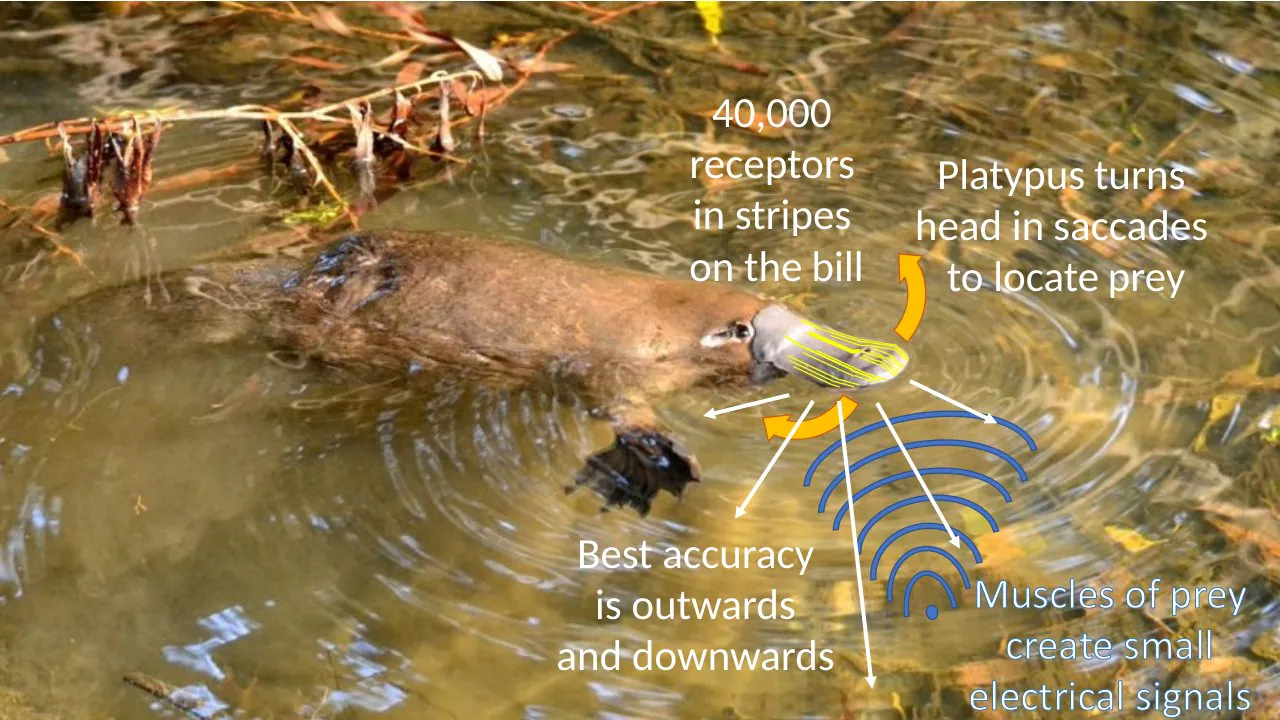
The platypus’s eyes have double cones, a trait more commonly found in birds and reptiles than in mammals. This suggests that vision played a larger role in its ancestors’ survival. While its cornea and lens resemble those of aquatic mammals, the modern platypus relies more on electroreception than sight. When diving, it closes its eyes, ears, and nostrils, depending entirely on electrical signals to detect prey.
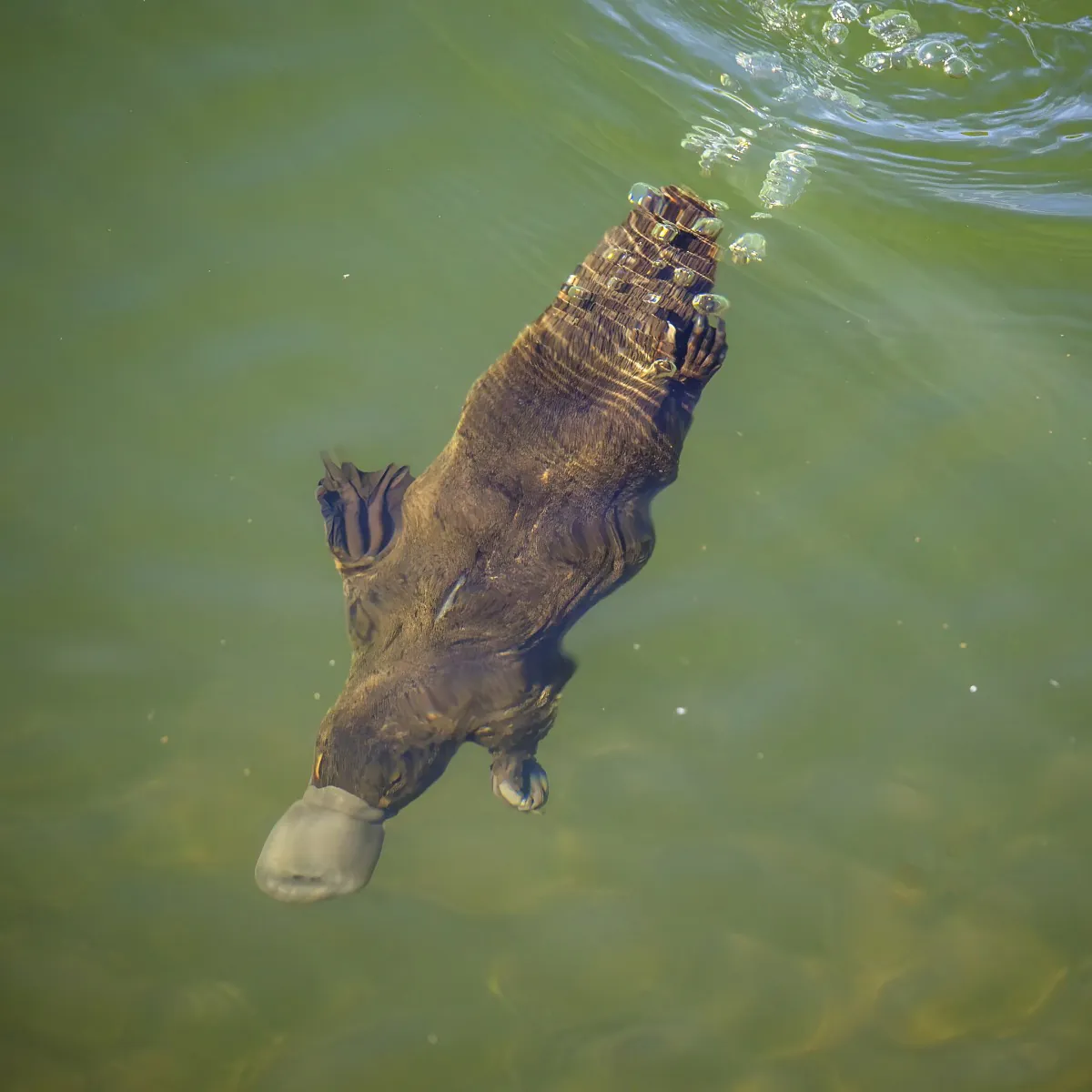
The animal’s body is covered in dense, waterproof fur, providing insulation in cold water habitats. The fur’s texture is akin to that of a mole, aiding in thermoregulation. The tail, flat and broad like a beaver’s, serves multiple purposes: it stores fat reserves and acts as a rudder during swimming.
The platypus’s webbed feet, reminiscent of an otter’s, are perfect for its semi-aquatic lifestyle. When swimming, it propels itself using its front feet, while the back feet and tail assist in steering. On land, the webbing retracts, exposing claws that aid in digging burrows.

Adding to its list of unusual traits, the male platypus is one of the few venomous mammals. Males have a spur on each hind limb connected to venom glands. While not lethal to humans, a jab from this spur can cause severe pain and swelling that may persist for days or even months. This venom is primarily used during the breeding season, likely in competition with other males.
Another peculiar feature is the absence of a stomach. Instead of a distinct stomach chamber, the esophagus connects directly to the intestines. This adaptation is rare among vertebrates and may be linked to the platypus’s diet and digestive efficiency.
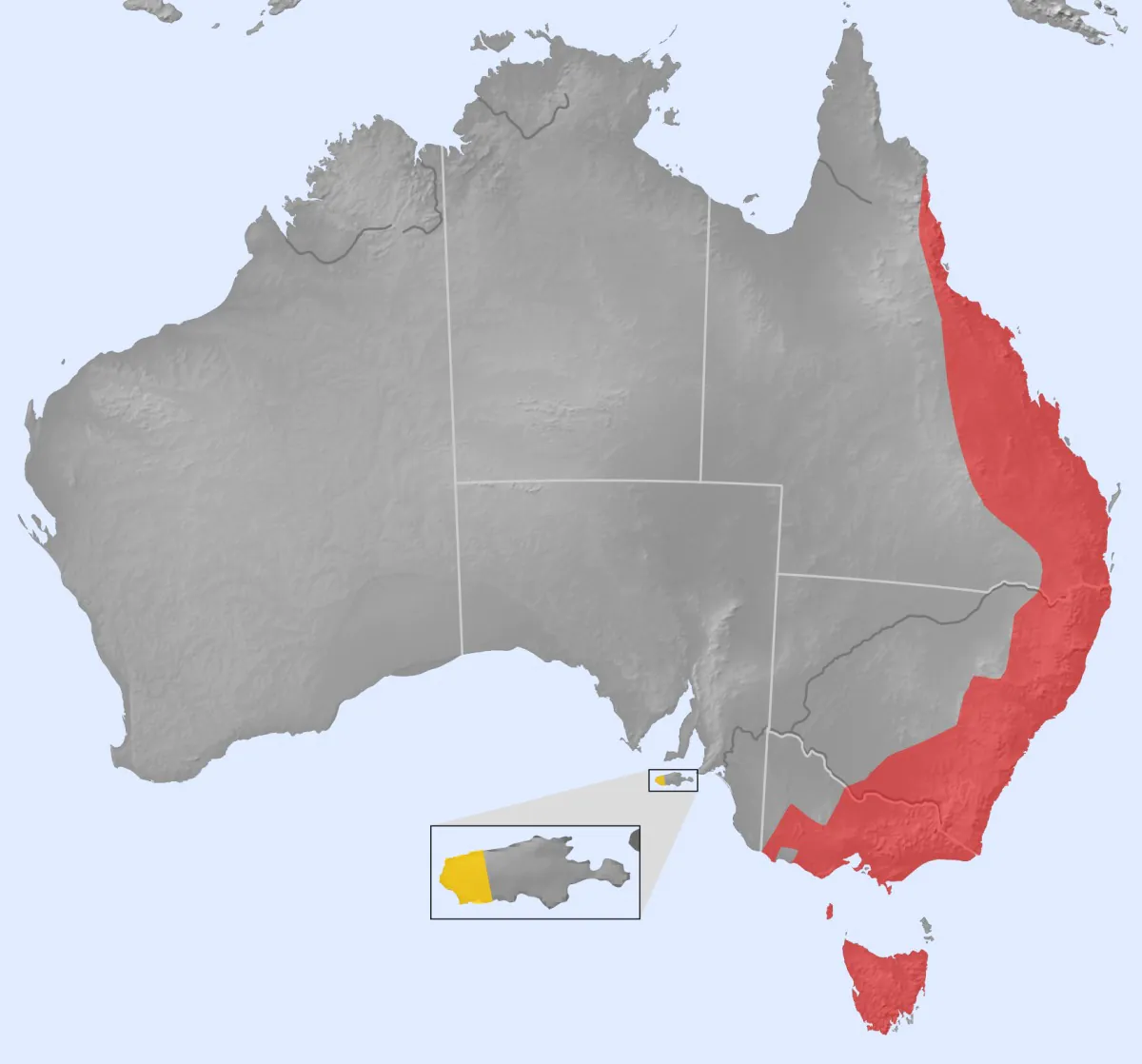
The platypus’s genetic composition is as unconventional as its physical traits—it has a total of 52 chromosomes! Notably, one of the platypus’s X chromosomes shares similarities with the bird Z chromosome, suggesting a shared ancestry in sex chromosome evolution. Additionally, the platypus genome contains both reptilian and mammalian genes associated with egg fertilization, indicating a complex evolutionary history that bridges characteristics of mammals, birds, and reptiles.
In recent years, researchers have uncovered yet another surprising trait: biofluorescence. Under ultraviolet light, the platypus’s fur emits a bluish-green glow. The purpose of this fluorescence remains a mystery, but its discovery adds another layer to the enigmatic nature of this creature.
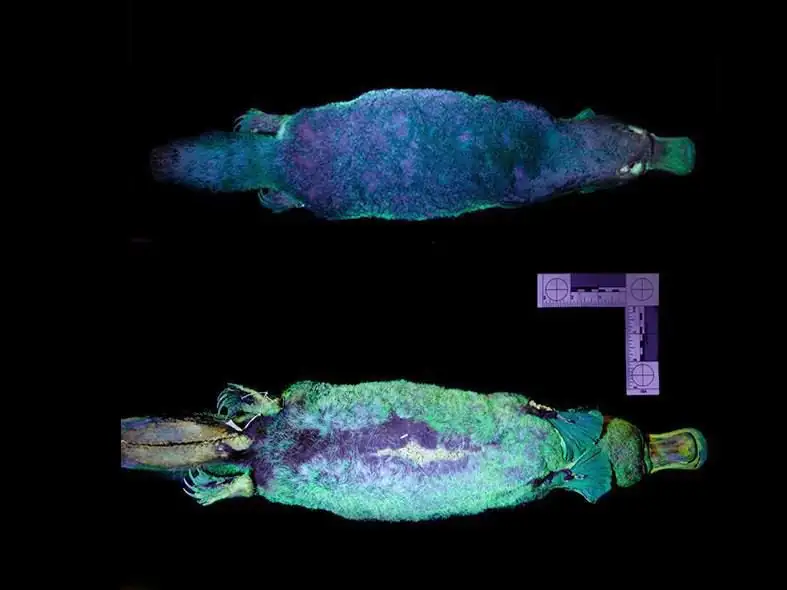
The platypus’s evolutionary history is equally intriguing. Fossil records indicate that its ancestors date back millions of years, with some prehistoric relatives possessing teeth—unlike the modern platypus, which has horny pads instead. This evolutionary journey exhibits a blend of primitive and specialized features, offering scientists a distinct window into mammalian evolution.
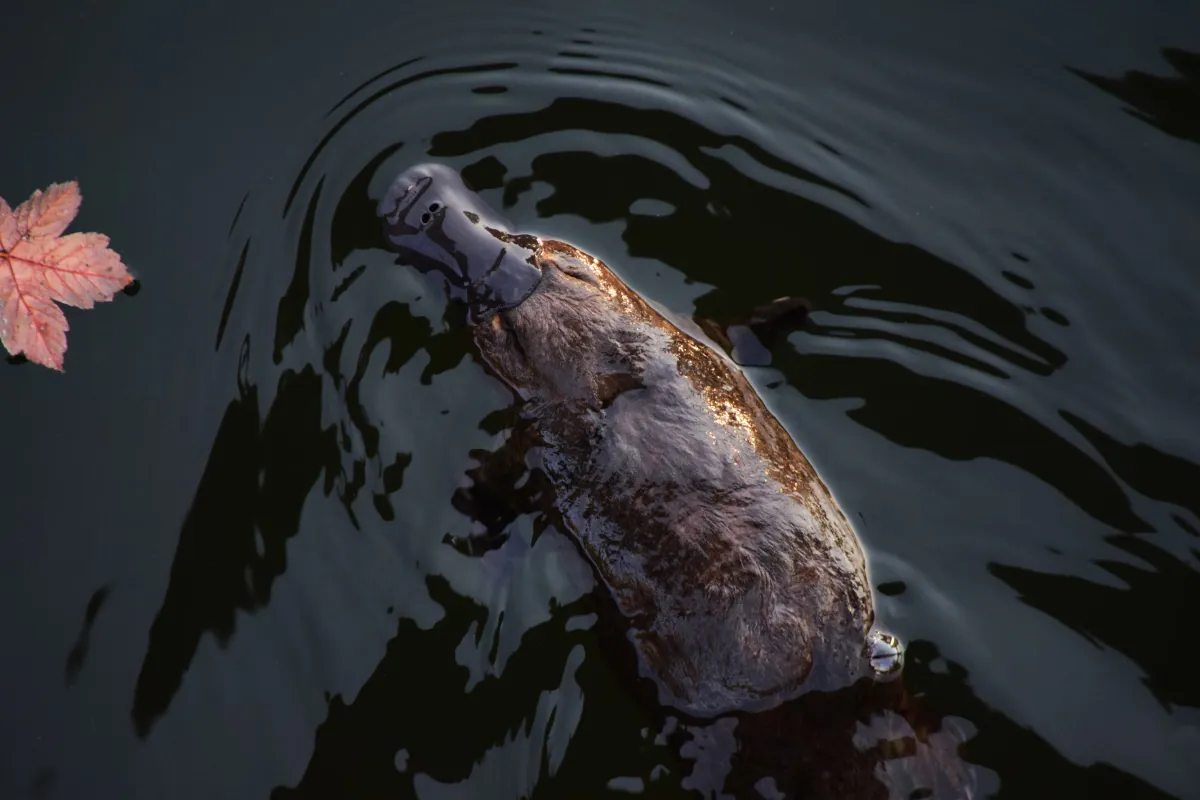
Despite its many adaptations, the platypus faces growing environmental threats. Habitat destruction, declining water quality, and climate change have contributed to population declines, raising concerns about its long-term survival. After millions of years of existence, ensuring its future alongside humans is now in our hands.



